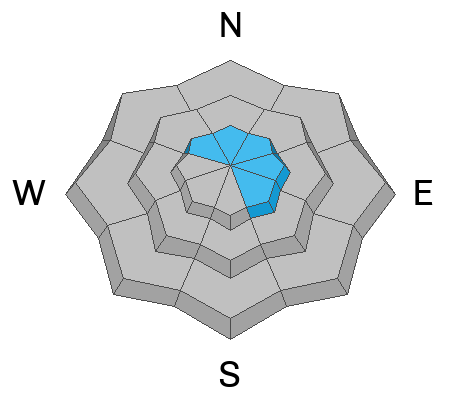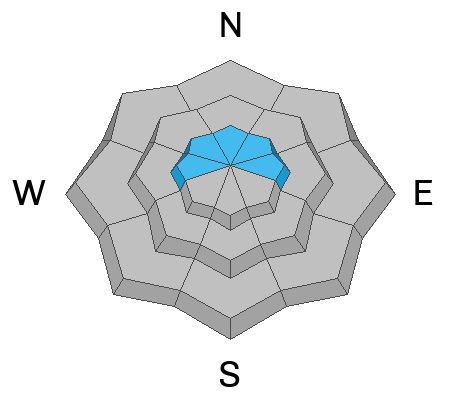Forecast for the Logan Area Mountains

Issued by Toby Weed on
Monday morning, December 11, 2023
Monday morning, December 11, 2023
Avalanches are unlikely in most areas, and the danger is LOW. Exceptions and areas of MODERATE danger may exist in some drifted terrain at upper elevations. People could trigger small slab avalanches of wind-drifted snow on slopes steeper than 30 degrees.
Dangerous avalanches failing on a persistent weak layer are unlikely but possible in isolated rocky terrain with thin snow cover.
Use usual caution and evaluate snow and terrain carefully while traveling in drifted terrain.

Low
Moderate
Considerable
High
Extreme
Learn how to read the forecast here









